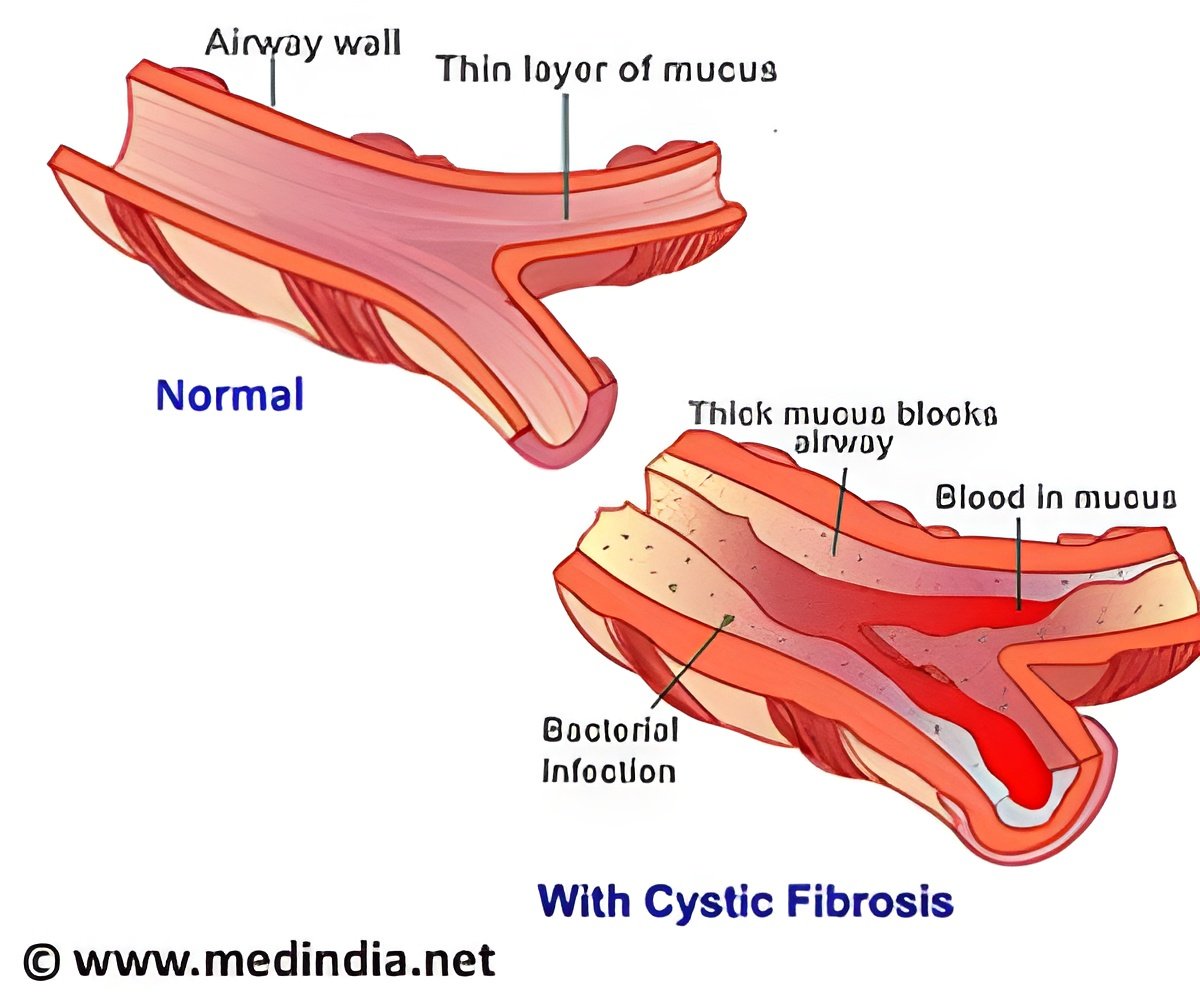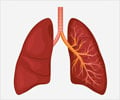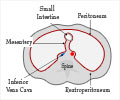
The findings raise questions about whether dysfunctional arteries affect patients' ability to exercise, which is already recommended to help combat the disease's hallmark lung complications, and whether exercise can also improve blood vessel function and potentially help forestall cardiovascular disease.
Although their blood pressures tend to be normal and there is no established risk, cystic fibrosis patients have only recently lived long enough to acquire even an accelerated version of cardiovascular disease, said Dr. Katie T. McKie, Director of the Pediatric Cystic Fibrosis Center at the GHS Children's Medical Center. The median predicted age of survival is the mid-30s and nearly half the patients in the United States are over age 18, according to the Cystic Fibrosis Foundation. Fifteen years ago, survival rates for the genetic disease were about half that, McKie said.
The blood vessel or endothelial dysfunction Harris and McKie found in these patients is essentially the reduced ability of blood vessels to respond to important cues, such as dilating when exercise or stress increase the body's demand for blood and oxygen. The dysfunction may be linked to chronic inflammation and oxidative stress which, in turn, impair the body's ability to use nitric oxide, a major blood vessel dilator, said Harris, corresponding author of the study in CHEST Journal.
Despite major advances in treatment and survival, cystic fibrosis patients tend to live with a chronic, low-grade inflammation resulting from a chronic state of infection. The genetic mutation that disrupts the body's balance of salt and fluid thickens lung mucus, which traps inhaled bacteria and viruses that are normally cleared.
"They are in a low-grade stage of inflammation all the time," Harris said. Patient participants in the study, for example, had a higher rate of inflammation than healthy controls and the higher their concentrations of inflammatory drivers such as C-reactive protein, the lower their pulmonary function.
Advertisement
"At this stage, their lungs are as healthy as those of their healthy counterparts," McKie added.
Advertisement
Another telltale sign was the fact that their blood vessels simply didn't dilate as well. The researchers put a cuff on the lower arm to increase blood flow through the brachial artery, a major vessel in the bicep. How much the artery dilates in response to the increased flow when the cuff is released depends on how much nitric oxide is available and it was significantly less in patients versus controls.
Future studies are needed to determine exactly why cystic fibrosis patients appear to have less nitric oxide available and whether improving lung function and exercise capacity can improve the vascular health of patients of all ages.
MCG researchers already are doing a small pilot study giving over-the-counter antioxidants to combat oxidative stress, enhance nitric oxide availability and improve blood-vessel dilation. "If we can help improve vascular function, we can hopefully improve their ability to deliver oxygen and increase their exercise capacity," Harris said.
Maintaining good lung function typically requires multiple medications and several hours of daily therapy to break up the mucus, said McKie, a study co-author. She also encourages patients to live full, active lives. "We tell them they are going to live a full life, get married, be president, play baseball, whatever they want to do, it just takes a little extra work." Patient study participants included a swimmer, basketball, baseball and softball players. Guidelines for routine exercise testing of cystic fibrosis should be published early next year.
About 30,000 Americans have cystic fibrosis and 10 million more are carriers of the defective gene, according to the Cystic Fibrosis Foundation. Endothelial dysfunction has been found in older individuals with chronic medical problems such as chronic obstructive pulmonary disease, diabetes and obesity.
Source-Eurekalert













